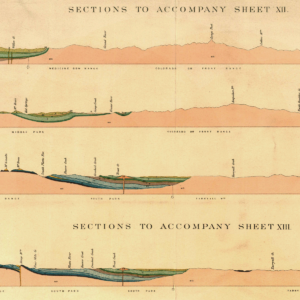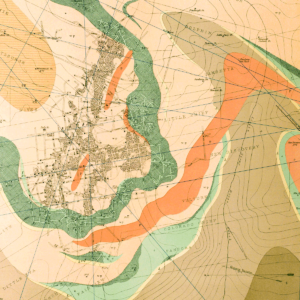Description
This publication presents a new digital bedrock geologic map of the Upper Cretaceous to Paleogene sedimentary rocks of the Denver Basin. The study area extends from Greeley to just south of Colorado Springs, and from the eastern margin of the Front Range to Limon, Colorado. In addition to the geologic map, there are five structure maps made on selected stratigraphic horizons, and four isopach maps covering selected stratigraphic intervals. Structure maps are contoured on the top of the Niobrara Formation, the Fox Hills Sandstone, the Laramie Formation, the Denver Basin Group D1 Sequence, and on a bentonitic marker bed near the top of the Pierre Shale. Isopach maps define the thickness of the Pierre Shale above the Niobrara Formation, the thickness of the Fox Hills Sandstone, the Laramie Formation, and the Denver Basin Group D1 Sequence. Three cross-sections illustrating basin geometry and depositional patterns complement the maps. In addition, three paleogeographic maps portray regional depositional patterns at selected time intervals. Digital ZIP/GIS/PDF download. OF-11-01D
Structure and isopach maps integrate information from 2,951 geophysical well logs and over 25 geologic maps using a digital, 3D data base. Data from two complete cores in the basin, one at Castle Pines, the other at Kiowa, also supplement subsurface data from the geophysical well logs. A nested suite of maps, cross-checked for internal consistency, provides a robust 3D interpretation of the basin. Outcrop traces on the new bedrock geologic map represent intersections of structure maps with a ten-meter resolution digital terrain model of bedrock topography. The terrain model of bedrock topography removes thick deposits of Quaternary alluvium in order to provide accurate subcrop patterns where younger deposits conceal bedrock.





